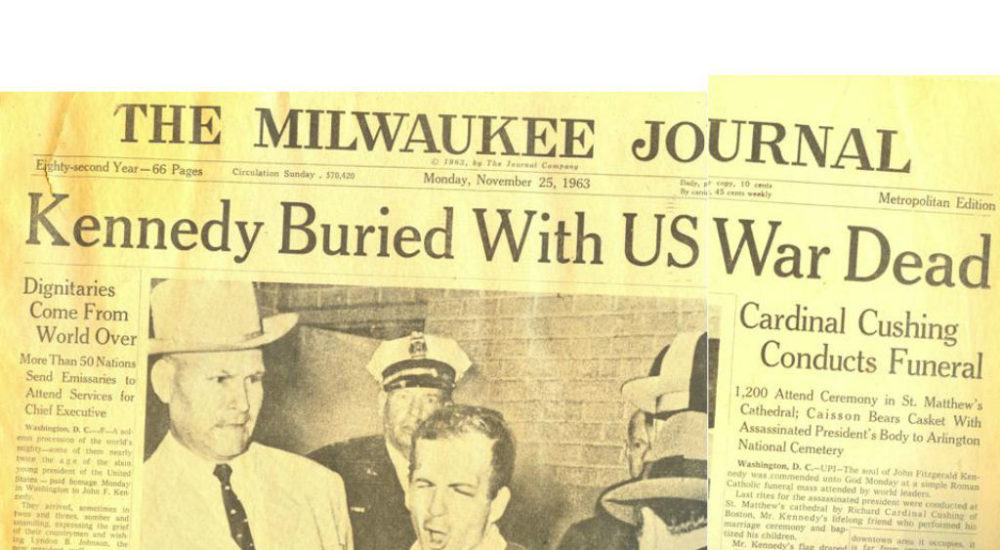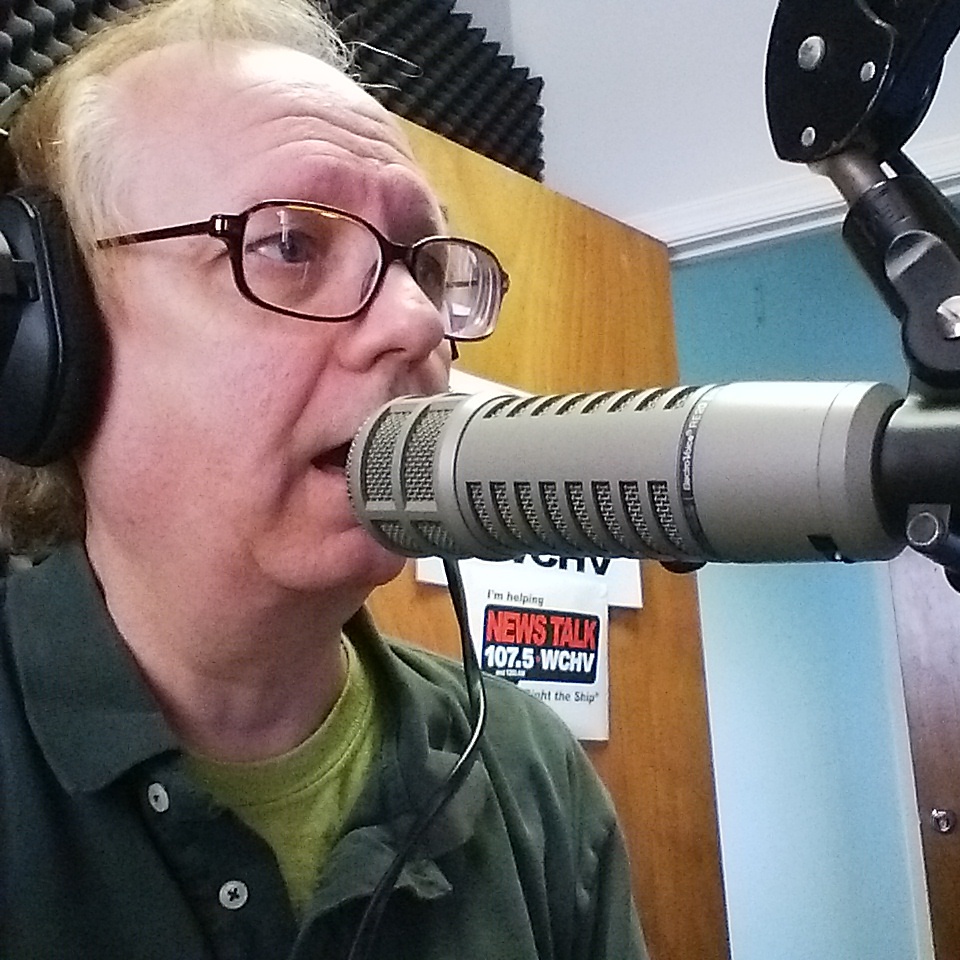The Score Special Edition: November 22, 1963
In this special episode of The Score, we look back on the events of November 22, 1963, and talk to two witnesses to the assassination of President John F. Kennedy that day.
Fifty-five years ago today, on November 22, 1963, President John F. Kennedy was assassinated in Dallas, Texas.
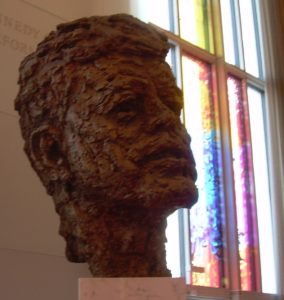 For Americans of my parents’ and grandparents’ generations, the moment when they heard the news became seared into their memories. For anyone born before 1960, “Where were you when you heard Kennedy was shot?” is a question that can be answered instantly, directly, and in vivid detail.
For Americans of my parents’ and grandparents’ generations, the moment when they heard the news became seared into their memories. For anyone born before 1960, “Where were you when you heard Kennedy was shot?” is a question that can be answered instantly, directly, and in vivid detail.
The news came as a shock to the nation. The first broadcast bulletin was transmitted by ABC Radio, interrupting regular programming across the country. NBC News soon followed. (Older listeners may recognize the voice of staff announcer Don Pardo, before anyone had heard him on Jeopardy or Saturday Night Live.)
CBS was not far behind. Walter Cronkite broke into the broadcast of a popular, long running soap opera, As the World Turns. (If I was not taking a nap at the time, I would have seen this, because my mother watched As the World Turns every day throughout my childhood.)
Despite the presence of dozens of reporters and photographers, the circumstances on the ground in Dallas were fluid and confused, as this in-person report by NBC’s Robert MacNeil demonstrates. Minutes later, NBC provided an update but the situation was still uncertain.
Finally, just before 2:40 pm on the East Coast, Walter Cronkite delivered the grave news in what might be the most widely viewed bulletin in television history. Later in the day, Cronkite summarized the key moments of the events of November 22 at the beginning of a long broadcast of the CBS Evening News.
And that evening, NBC’s Frank McGee made a prediction that became absolutely true: these moments would be “emblazoned” into the memories of every American.
———————————————————————————
Flash forward fifty years to Charlottesville, Virginia, where two witnesses to John F. Kennedy’s assassination appeared as guests of the UVA Center for Politics at the 2013 Virginia Film Festival.
Oswald’s Driver
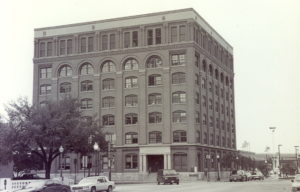 One of them was Wesley Buell Frazier, an employee at the Texas School Book Depository who drove assassin Lee Harvey Oswald to work that morning. That was a day that changed his life, he told me in an interview following the screening of the documentary film, The Kennedy Half-Century (based on a book by Larry Sabato of the same name).
One of them was Wesley Buell Frazier, an employee at the Texas School Book Depository who drove assassin Lee Harvey Oswald to work that morning. That was a day that changed his life, he told me in an interview following the screening of the documentary film, The Kennedy Half-Century (based on a book by Larry Sabato of the same name).
Frazier explained that he had often driven Oswald from suburban Dallas to the book depository. Oswald’s Russian-born wife, Marina, lived near Frazier’s sister, while Oswald rented a room in the city. Normally, they carpooled only on Friday evenings and Monday mornings, and Frazier had pointed out to Oswald how it was odd he would need a ride on Friday morning. Oswald had a long package with him that he said contained curtain rods; it turned out to be the murder weapon, a sniper’s rifle.
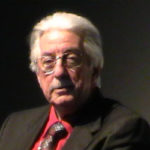 Just 19 years old in November 1963, Frazier had to endure a brutal interrogation by the Dallas police, who accused him of being part of the assassination plot. Once he was taken into custody, the police interrogator handed Frazier a pre-typed confession and told him to sign it. He refused, and that response made the police officer angry, Frazier recalled.
Just 19 years old in November 1963, Frazier had to endure a brutal interrogation by the Dallas police, who accused him of being part of the assassination plot. Once he was taken into custody, the police interrogator handed Frazier a pre-typed confession and told him to sign it. He refused, and that response made the police officer angry, Frazier recalled.
Youngest Photographer
The other JFK assassination witness who came to Charlottesville five years ago, only a couple weeks before the fiftieth anniversary of that tragic event, was Tina Towner. The author of a 2012 book called Tina Towner: My Story as the Youngest Photographer at the Kennedy Assassination, Pender described what happened to the short piece of film she took that day in Dallas. Note that this is not the more famous Zapruder film, though it seems to have undergone similar scrutiny.
She was the youngest person who photographed events at Dealey Plaza in Dallas, as President John F. Kennedy’s motorcade drove by. Seconds before the assassin’s shots rang out, the 13-year-old’s home movie camera ran out of film, but she captured the President and First Lady’s car just as it turned the corner from Houston Street to Elm Street.
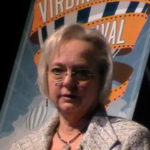 For obvious reasons, like Wesley Buell Frazier, Towner – now known as Tina Towner Pender – came to the attention of law enforcement authorities.
For obvious reasons, like Wesley Buell Frazier, Towner – now known as Tina Towner Pender – came to the attention of law enforcement authorities.
The raw footage from her home movies, she explained, was processed by local law enforcement authorities, who had put out a call for any movies or still photographs that may have been taken by onlookers but had not been developed yet. Her family did not receive the reel back for several weeks.
I asked her if, when the processed movie film was returned to her family, did they have any sense that it might have been tampered with? “Not at first,” she said, but there was still some mystery to it.
About a decade later, Pender and her father took the film to a lab to be examined at the request of some investigators, where they were told there was a previously undetected splice. Later in the 1970s, Pender was questioned by investigators for the U.S. House Select Committee on Assassinations, which concluded that Kennedy’s assassination was the result of a conspiracy and not the sole responsibility of Lee Harvey Oswald. She said her encounter with them seemed peremptory.
Despite the attention paid by law enforcement and investigators over the years, neither Pender nor any member of her family who witnessed the assassination was called to testify before the Warren Commission, which was established by President Lyndon B. Johnson to investigate the killing of John F. Kennedy.
Post Script
 After a luncheon event in Dallas, President Kennedy was supposed to travel to Austin, where he was scheduled to speak at a dinner in his honor. It was part of his effort (along with Vice President Lyndon Johnson, Governor John Connally, and Senator Ralph Yarborough) to unify the Texas Democratic Party after a period of rifts and divisions in advance of the 1964 presidential campaign in which, as Sid Davis noted in the November 17 episode of The Score, JFK’s re-election was anything but assured.
After a luncheon event in Dallas, President Kennedy was supposed to travel to Austin, where he was scheduled to speak at a dinner in his honor. It was part of his effort (along with Vice President Lyndon Johnson, Governor John Connally, and Senator Ralph Yarborough) to unify the Texas Democratic Party after a period of rifts and divisions in advance of the 1964 presidential campaign in which, as Sid Davis noted in the November 17 episode of The Score, JFK’s re-election was anything but assured.
The program and menu for the Texas Welcome Dinner were printed by the predecessor company of Hart Intercivic, which now makes voting machines and prints election ballots. Given the circumstances that day, the programs were never distributed but a framed original lithograph now hangs on the wall of Hart Intercivic’s corporate headquarters in the Texas capital.
———————————————————————————
 Three days after the assassination, with the country draped in black, President Kennedy’s funeral Mass was celebrated at St. Matthew’s Cathedral in downtown Washington, a short walk from the White House.
Three days after the assassination, with the country draped in black, President Kennedy’s funeral Mass was celebrated at St. Matthew’s Cathedral in downtown Washington, a short walk from the White House.
He was buried in Arlington National Cemetery on November 25th. Army bugler Keith C. Clark played “Taps” after a twenty-one gun salute echoed through the Arlington hills, with an unforgettable broken note.
I hope you have enjoyed this special podcast edition of The Score. Be sure to tune in this weekend to hear interviews with Sally Hudson of Fair Vote Virginia, Phyllis Leffler of the Albemarle-Charlottesville Historical Society, and Ryan Snow of the Lawyers Committee for Civil Rights Under Law. There may be more from the archives, too.
If you’ve missed an episode of The Score, check out past shows on SoundCloud.
